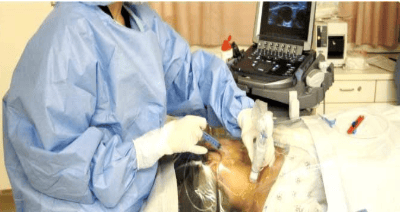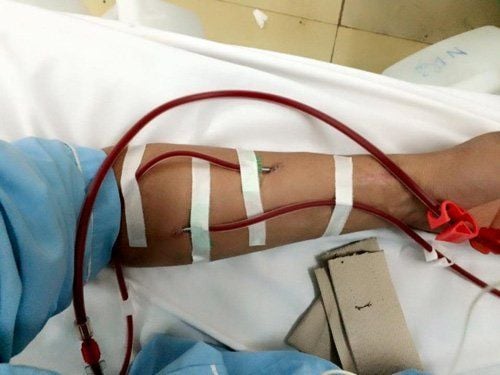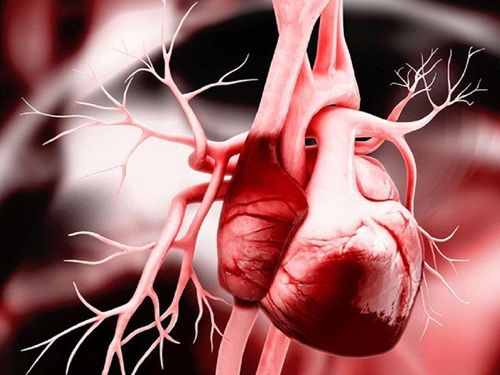This is an automatically translated article.
Article by Master, Doctor Nguyen Ngoc Phu - Department of Intensive Care - Vinmec Times City International Hospital
The choice of location for central venous catheterization depends on indications, anatomy and other factors of the patient. In clinical practice, placing a central venous line is a necessary procedure, especially in the intensive care unit.
1. What is a central venous catheter?
Central venous catheterization is a basic procedure in emergency resuscitation, by inserting a small, flexible, flexible catheter through the skin into the internal jugular or subclavian veins of the patient. This is a commonly performed technique with about 8% of hospitalized patients requiring this catheter for the duration of their hospital stay, allowing physicians to monitor blood pressure, heart function, and fluid status. Is it enough to give the patient enough, administer drugs, chemicals, intravenous nutrition, take blood samples...
In addition, the central venous catheter is also the necessary entry to collect pulmonary artery thrombus, place a kit. inferior vena cava dialysis, pacing, defibrillation, dialysis...
2. What is the role of the central venous catheter?

Đặt ống thông tĩnh mạch trung tâm
3. How to perform central venous catheterization?

kỹ thuật đặt ống thông tĩnh mạch trung tâm
Previously, the technique of placing central venous catheters was often performed "exploring" according to anatomical landmarks and many cases were difficult, because the anatomical landmarks changed. Currently, doctors often conduct this procedure under the guidance of ultrasound, so it has higher accuracy and safety.
Step 1: Prepare for the procedure
To carry out this procedure the physician must conduct preparations including:
Prepare the patient: If the patient is awake, the doctor will explain the procedure to the patient. consent to the procedure, or to meet with a loved one to explain the procedure, its benefits, and possible complications, and to agree to sign the consent form for surgery. The patient will be placed with a pillow under the shoulder, so that the head is tilted to the opposite side of the procedure. If the patient has low (low) blood pressure, the head and legs are high (trendelenburg). Equipment preparation: The doctor will have to prepare a set of catheters (1 barrel, 2 barrels or 3 barrels depending on requirements), a package of tools used in catheterization, and a procedure table. Prepare medical personnel: 1 doctor and 1 nurse to assist the doctor. Step 2: Procedure
Doctors and nurses will wear surgical gowns, hats, masks and sterile gloves. The procedure will take about 30 minutes to 1 hour. First, the doctor will disinfect the procedure area, spread the wound with holes. Use a sterile nylon-coated flat ultrasound probe to determine the vein and puncture point. The patient will be numbed to no longer feel pain, then the doctor will conduct exploratory puncture. When poked into a vein, the blood drawn out will be black. Next, the doctor will thread a metal wire into the vein, using a plastic dilator to widen the entrance along the metal wire. Next, the doctor will insert the catheter into the vein through the metal wire, withdraw the lead, draw blood to check again, use physiological saline to expel blood to avoid blood clots in the catheter and fix the catheter to prevent it from slipping. go out. The patient will have a chest X-ray to check if the catheter is in the correct position, if there is a complication of pneumothorax or hemothorax. Finally, the doctor will write a summary of the surgery and procedure and complete the file. Vinmec International General Hospital with a system of modern facilities, medical equipment and a team of experts and doctors with many years of experience in neurological examination and treatment, patients can completely rest in peace. examination and treatment center at the Hospital.
To register for examination and treatment at Vinmec International General Hospital, you can contact Vinmec Health System nationwide, or register online HERE.













